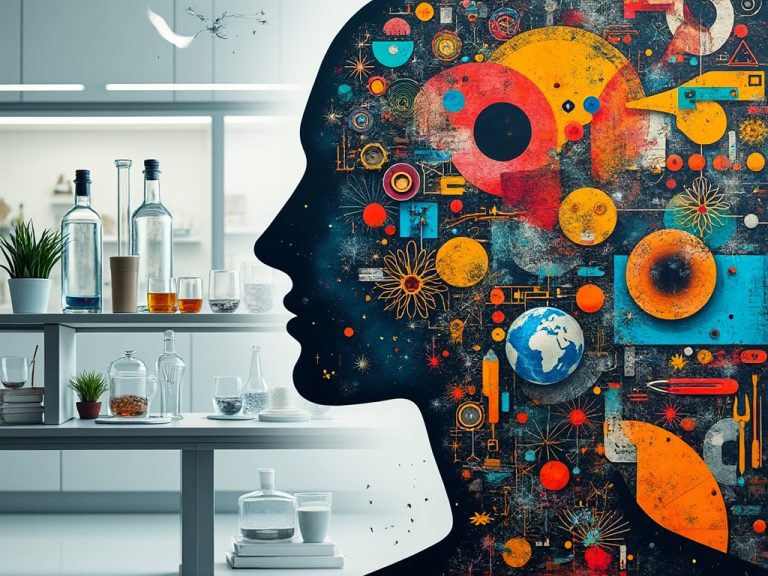Neuroplasticity: How Your Brain Adapts and Grows
Unlocking Your Brain’s Adaptability
For centuries, the adult brain was considered a fixed, unchangeable entity. Scientific consensus held that once we reached adulthood, the brain’s structure was set, with cognitive abilities destined for a slow, inevitable decline. However, groundbreaking discoveries in neuroscience have revealed a far more dynamic and hopeful reality. The brain possesses a remarkable capacity for change, an ability known as neuroplasticity. This concept fundamentally alters our understanding of learning, memory, and recovery from injury.
Neuroplasticity, or neural plasticity, is the inherent ability of the brain to reorganize itself by forming new neural connections throughout life. It allows the neurons (nerve cells) in the brain to compensate for injury and disease and to adjust their activities in response to new situations or to changes in their environment. This process of “brain rewiring” is not a rare event; it happens every time you learn a new fact, master a new skill, or create a lasting memory. It encompasses both functional and structural changes, meaning the brain can alter which areas are used for certain tasks and even physically change its structure by growing new connections.
The Science Behind Brain Adaptation
To understand neuroplasticity, we must look at the microscopic level of neurons and their connections. The brain is composed of billions of neurons that communicate with each other at junctions called synapses. Every thought, emotion, and action is the result of electrical and chemical signals traveling across these neural pathways. Neuroplasticity works by modifying these pathways.
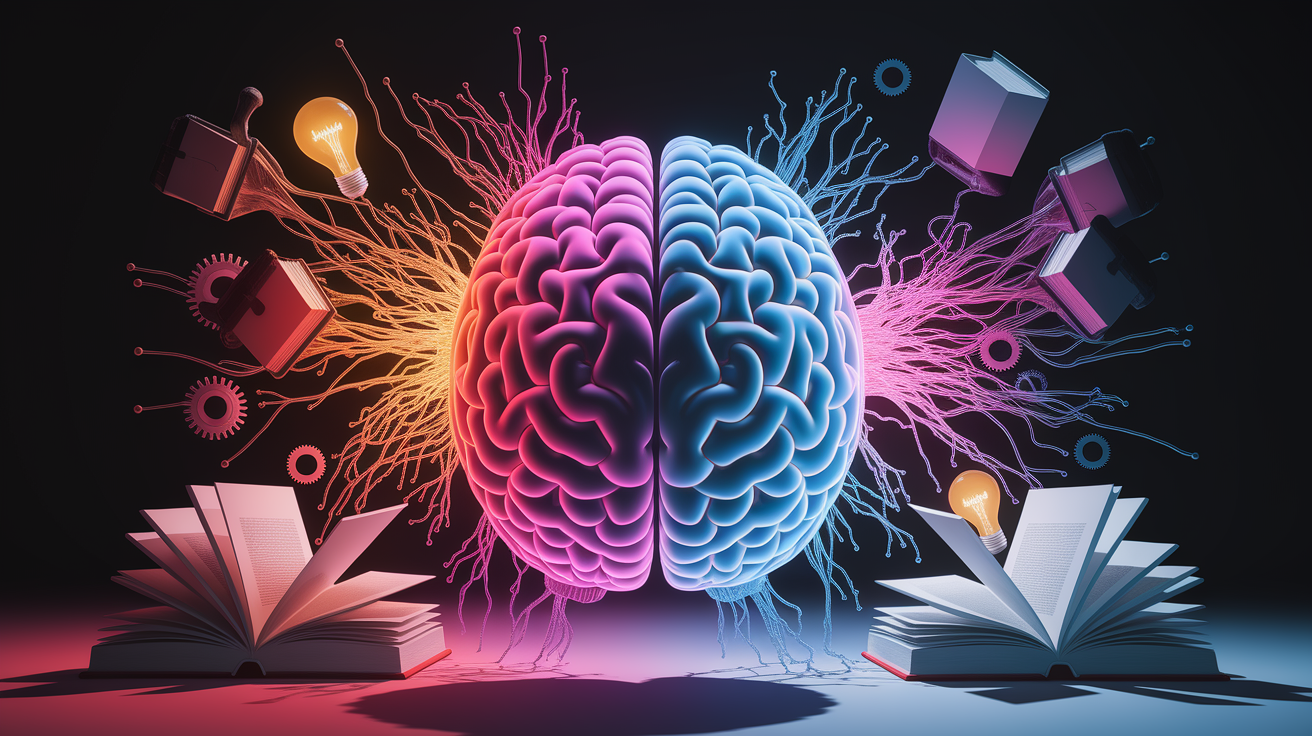
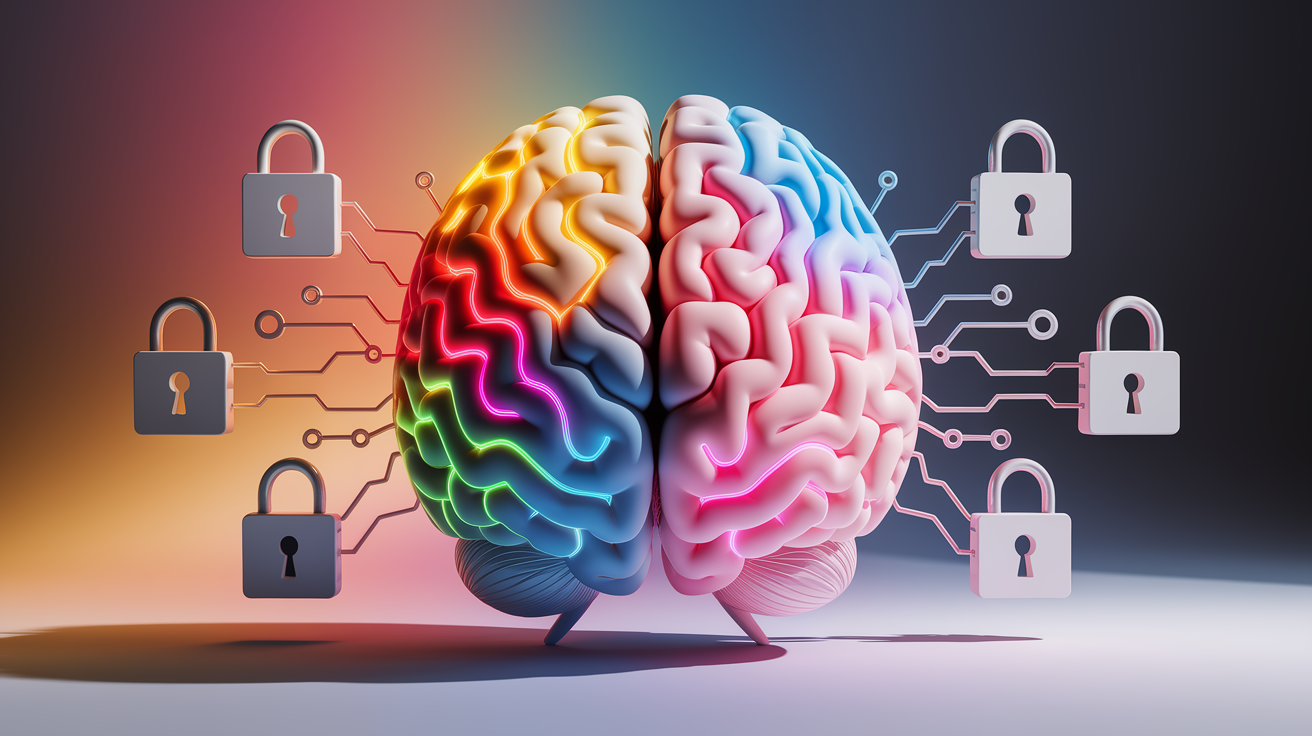
Synaptic Plasticity: The Basis of Learning
One of the primary mechanisms of neuroplasticity is synaptic plasticity, which refers to the ability of synapses to strengthen or weaken over time. When we repeatedly practice a skill or recall a piece of information, the specific synaptic connections involved are activated more frequently. This repeated activation can lead to long-term potentiation (LTP), a process that strengthens the connection, making communication between the neurons more efficient. Conversely, synapses that are used infrequently can weaken and eventually be eliminated, a process called long-term depression (LTD). This “use it or lose it” principle ensures the brain dedicates its resources to the most relevant and frequently used pathways.
Structural Plasticity: Rewiring the Brain
Beyond strengthening existing connections, neuroplasticity also involves structural changes to the brain itself. This includes the formation of new synapses (synaptogenesis) and, in some cases, the creation of entirely new neurons (neurogenesis). Structural plasticity is particularly evident in response to significant events, such as learning a complex new skill like playing an instrument or recovering from a brain injury. For example, in the case of a stroke that damages one part of the brain, neuroplasticity can allow other, undamaged areas to take over the functions of the affected region, facilitating significant brain rehabilitation.
Neuroplasticity Across the Lifespan
A common misconception is that neuroplasticity is only significant during childhood. While it’s true that the brain is most “plastic” during early development, this remarkable ability does not disappear in adulthood. The brain’s capacity to change and adapt is a lifelong process.
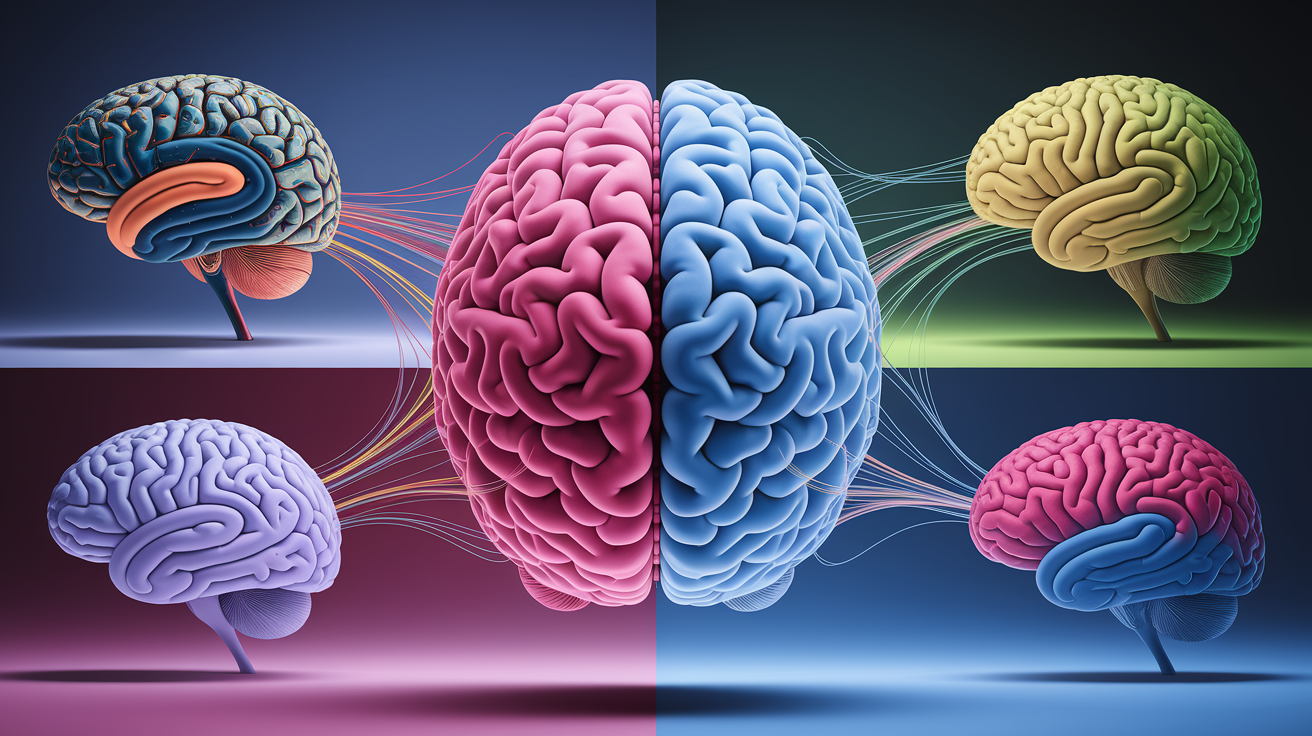
Childhood and Adolescence: The Brain in Development
During infancy and childhood, the brain is a whirlwind of development. A young child’s brain forms thousands of new synaptic connections every second. This high degree of plasticity allows for rapid learning and adaptation to the environment. This activity-dependent plasticity is crucial for healthy development, shaping the neural circuits that underpin everything from motor skills to cognitive functions and emotional regulation.
Adulthood and Aging: A Continuously Adapting Brain
While the rate of change slows after adolescence, research has definitively shown that neuroplasticity continues throughout adulthood and into old age. For adults, neuroplasticity is the key to learning new skills, changing careers, adapting to life events, and maintaining cognitive function as we age. Even in the aging brain, engaging in mentally stimulating activities can promote the formation of new neural pathways, helping to build a “cognitive reserve” that may protect against age-related cognitive decline. Furthermore, evidence suggests that neurogenesis, the birth of new neurons, can occur in specific brain regions even in adults, challenging the old dogma that we are born with all the brain cells we will ever have.
Harnessing Neuroplasticity in Daily Life
Perhaps the most exciting aspect of neuroplasticity is that it is not just a passive process; we can actively influence and enhance our brain’s ability to change. By adopting certain habits and engaging in specific activities, you can promote positive brain rewiring for improved mental health, learning, and overall well-being.
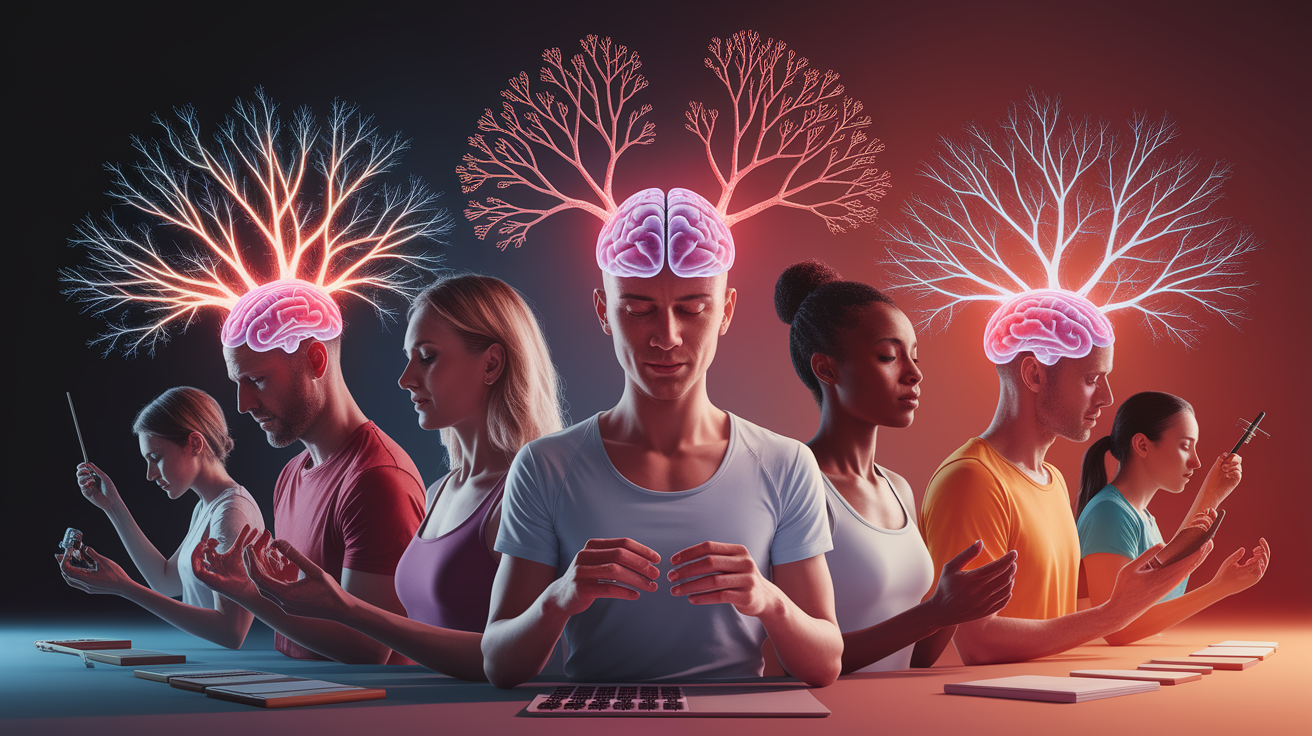
What exercises and activities improve neuroplasticity?
You can increase neuroplasticity in adults naturally by embracing novelty and challenge. Here are some of the best exercises for your brain:
- Learning a New Skill: Anything that challenges your brain to build new pathways is beneficial. This could be learning a musical instrument, speaking a new language, coding, or even mastering a complex new recipe. The key is to move beyond your comfort zone.
- Mindfulness and Meditation: Practices like mindfulness meditation have been shown to induce structural changes in the brain. The meditation effects on brain structure include increased gray matter density in areas associated with learning, memory, and emotional regulation, which can be a powerful tool for anxiety relief.
- Physical Exercise: Aerobic exercise, in particular, is a potent promoter of neuroplasticity. It increases blood flow to the brain, reduces inflammation, and stimulates the release of growth factors like BDNF (Brain-Derived Neurotrophic Factor), which supports the survival and growth of neurons.
- Brain Training Games: Puzzles, strategy games, and other brain training exercises can help improve specific cognitive functions like memory and attention by repeatedly engaging those neural circuits.
- Travel and Exploration: Exposing your brain to novel environments and experiences stimulates the creation of new neural pathways as your brain works to navigate and make sense of the unfamiliar.
Factors That Influence Neuroplasticity
While we can actively promote neuroplasticity, it’s also important to be aware of the lifestyle factors that can either support or hinder it. The brain’s health and adaptability are deeply intertwined with our overall physical and mental well-being.
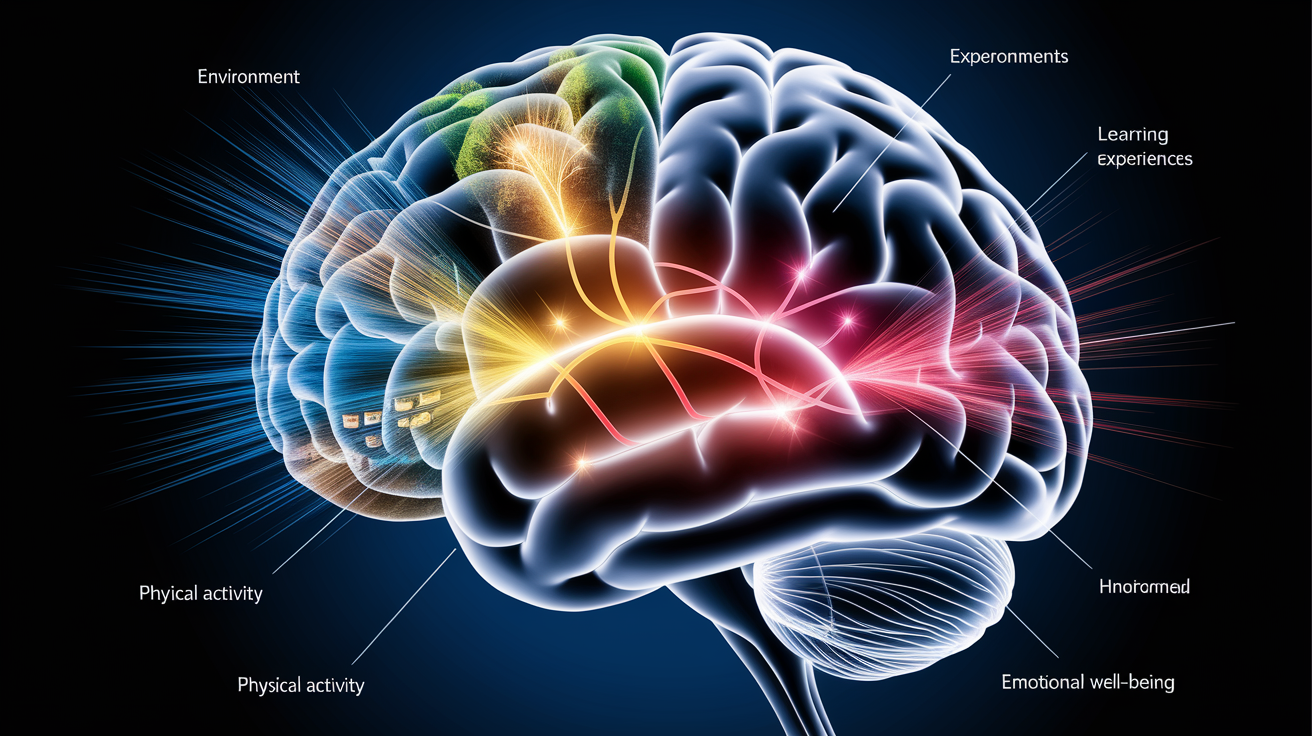
Several key factors significantly influence neuroplasticity:
- Diet: A diet rich in omega-3 fatty acids, antioxidants, and other nutrients (found in foods like fish, nuts, blueberries, and leafy greens) provides the building blocks for healthy brain cells and can enhance brain function.
- Sleep: During sleep, the brain consolidates memories and clears out metabolic waste. Chronic sleep deprivation can impair synaptic plasticity and hinder learning and cognitive performance.
- Stress: Chronic stress floods the brain with the hormone cortisol, which can damage and kill neurons in the hippocampus, a brain region critical for learning and memory. Stress reduction techniques are vital for preserving brain health.
- Social Connection: Engaging in meaningful social interactions is a complex cognitive activity that stimulates various parts of the brain, promoting plasticity and cognitive vitality.
These principles are the foundation for using neuroplasticity in a therapeutic context, such as in stroke recovery, brain injury recovery, and addiction recovery. For instance, cognitive behavioral therapy (CBT) helps individuals with depression or anxiety by guiding them to recognize and change negative thought patterns, effectively rewiring the neural pathways associated with those thoughts.
Nurture Your Brain’s Growth
The discovery and understanding of neuroplasticity represent a paradigm shift in psychology and neuroscience. It teaches us that the brain is not static but a dynamic, living organ that continually adapts to our experiences. This incredible capacity for change means we have more influence over our cognitive health and mental well-being than previously thought.
By embracing lifelong learning, managing stress, prioritizing sleep and exercise, and engaging with the world around us, we can actively nurture our brain’s growth. Whether you are looking to learn a new skill faster, break a bad habit, recover from an injury, or simply keep your mind sharp as you age, the power of neuroplasticity offers a roadmap for a healthier, more resilient brain at any stage of life.






